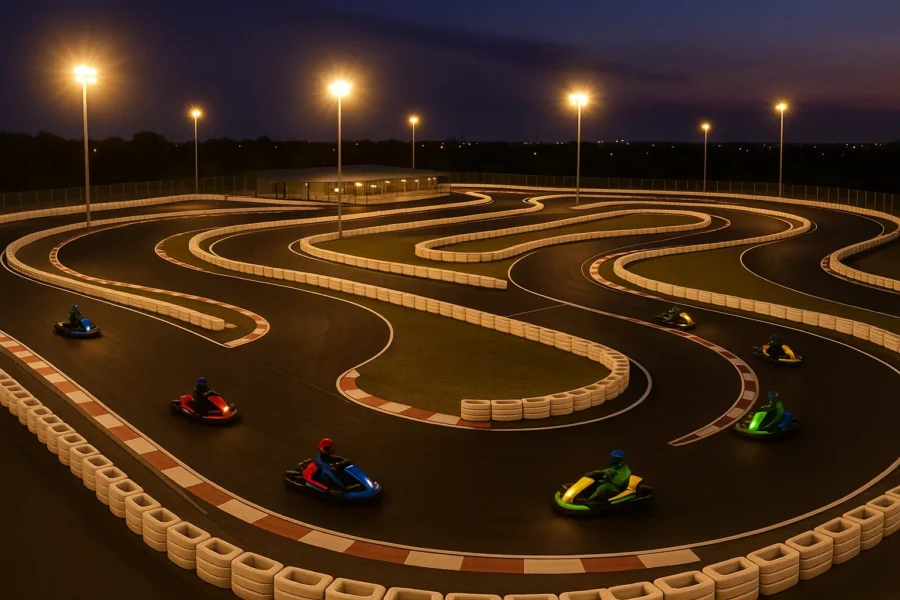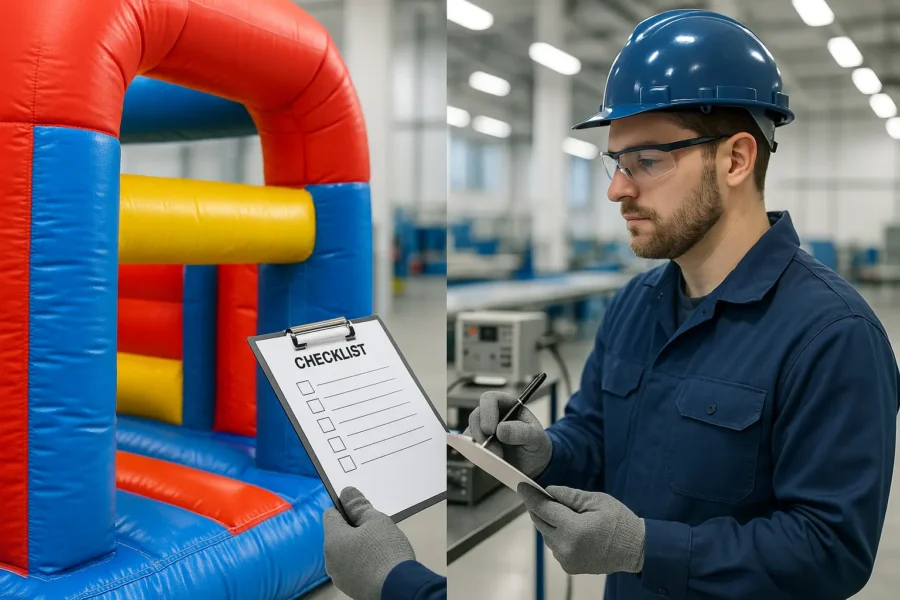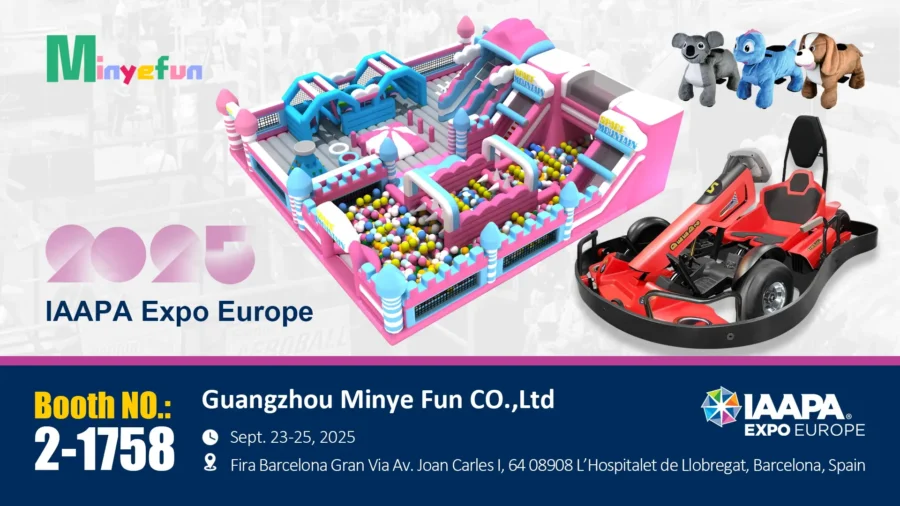How To Bring Customers To Your Inflatable Store?
Comprehensive Guide.Welcome to our blog on attracting customers to your inflatable store! With 14 years of experience in manufacturing inflatable products such as pools, water slides, bounce houses, and more, we’ve gained valuable insights into bringing customers to your store. In this guide, we’ll share effective strategies to help you boost foot traffic and sales.
Create an Engaging Online Presence
In today’s digital age, having a strong online presence is crucial. Here are some tips:
a. Professional Website: Invest in a well-designed website that showcases your inflatable products, provides contact information, and allows customers to make online purchases.
b. Social Media Marketing: Use platforms like Facebook, Instagram, and TikTok to share engaging content, including product demonstrations, customer reviews, and promotions.
c. Search Engine Optimization (SEO): Optimize your website for search engines to ensure it ranks high in relevant search results.
Leverage Customer Reviews and Testimonials
Positive reviews and testimonials can significantly influence potential customers. Encourage satisfied customers to leave reviews on platforms like Google My Business, Yelp, and your website.
Offer Competitive Pricing and Discounts
Competitive pricing and special promotions can entice customers to choose your store over competitors. Consider offering bundle deals, seasonal discounts, or loyalty programs.
Host In-Store Events
Organize fun and engaging events at your store, such as inflatable obstacle course challenges or family days. Promote these events through social media and local advertising to attract both new and returning customers.
Collaborate with Local Businesses
Partner with local businesses like event planners, party supply stores, and community centers. Cross-promote each other’s services to reach a broader audience.
Invest in Eye-Catching Signage
Ensure your store’s exterior is attractive and easily identifiable. Eye-catching signage with vibrant colors and clear branding can draw people in.
Provide Excellent Customer Service
Outstanding customer service can leave a lasting impression on shoppers. Train your staff to be friendly, knowledgeable, and attentive to customers’ needs.
Create Memorable In-Store Experiences
Offer interactive experiences within your store, such as inflatable play areas, product demos, or free samples. The goal is to create memorable moments that encourage repeat visits.
Emphasize Safety and Quality
Highlight the safety and quality of your inflatable products. Clearly communicate safety guidelines and certifications to build trust with customers.
Implement an Email Marketing Strategy
Collect customer emails and send out regular newsletters with product updates, promotions, and helpful tips related to inflatable products.
Build Relationships with Schools and Community Organizations
Reach out to local schools, daycares, and community organizations to offer special discounts or sponsorship opportunities for their events. This can help you tap into a steady stream of potential customers.
Run Targeted Ads
Invest in online advertising campaigns, such as Google Ads and Facebook Ads, targeting specific demographics and geographical areas to reach potential customers.
Attend Trade Shows and Expos
Participate in industry-specific trade shows and expos to showcase your products, network with other businesses, and connect with potential clients.
Implement a Referral Program
Encourage satisfied customers to refer friends and family to your store by offering incentives like discounts or freebies for successful referrals.
Stay Updated with Trends
Keep your product offerings and marketing strategies up-to-date with the latest trends in the inflatable industry to remain competitive and appealing to customers.
Conclusion
Bringing customers to your inflatable store requires a combination of online and offline strategies, a focus on customer satisfaction, and a commitment to quality. By following these tips and staying dedicated to your business, you can attract and retain a loyal customer base, ensuring the success and growth of your inflatable store for years to come.This sums up our answer for“How To Bring Customers To Your Inflatable Store?”



